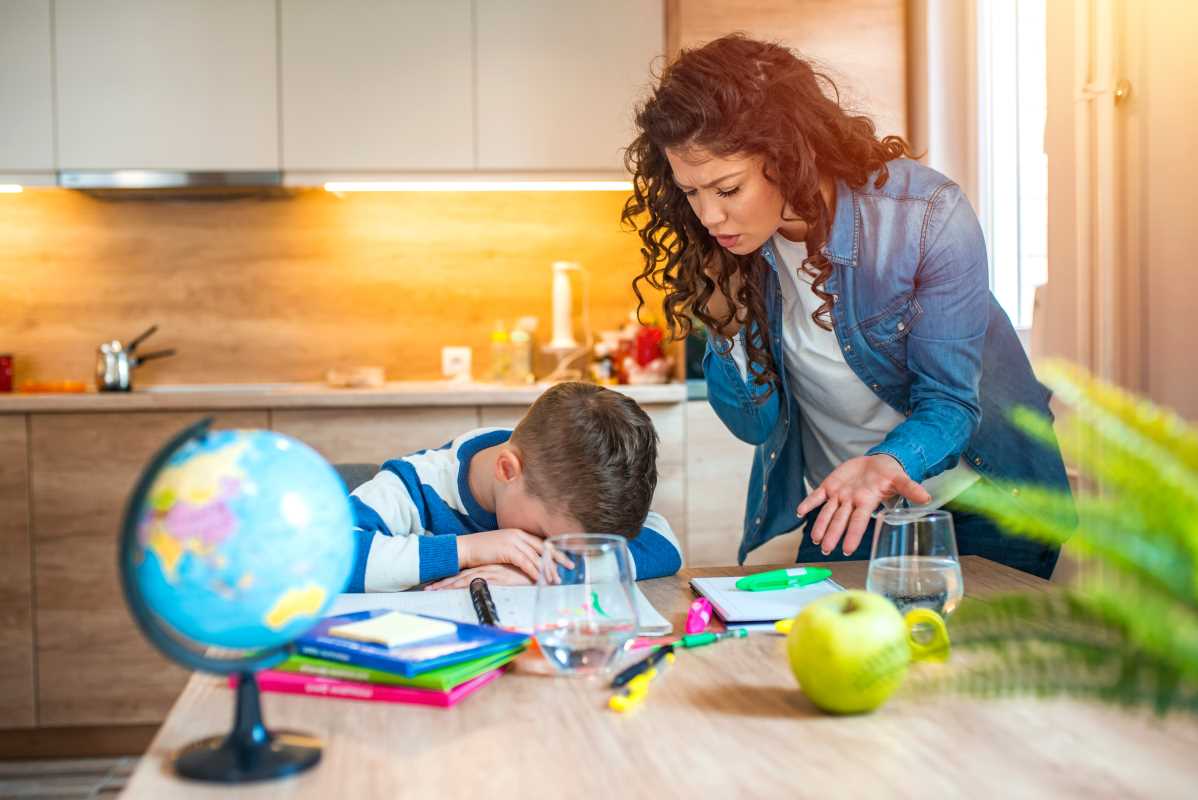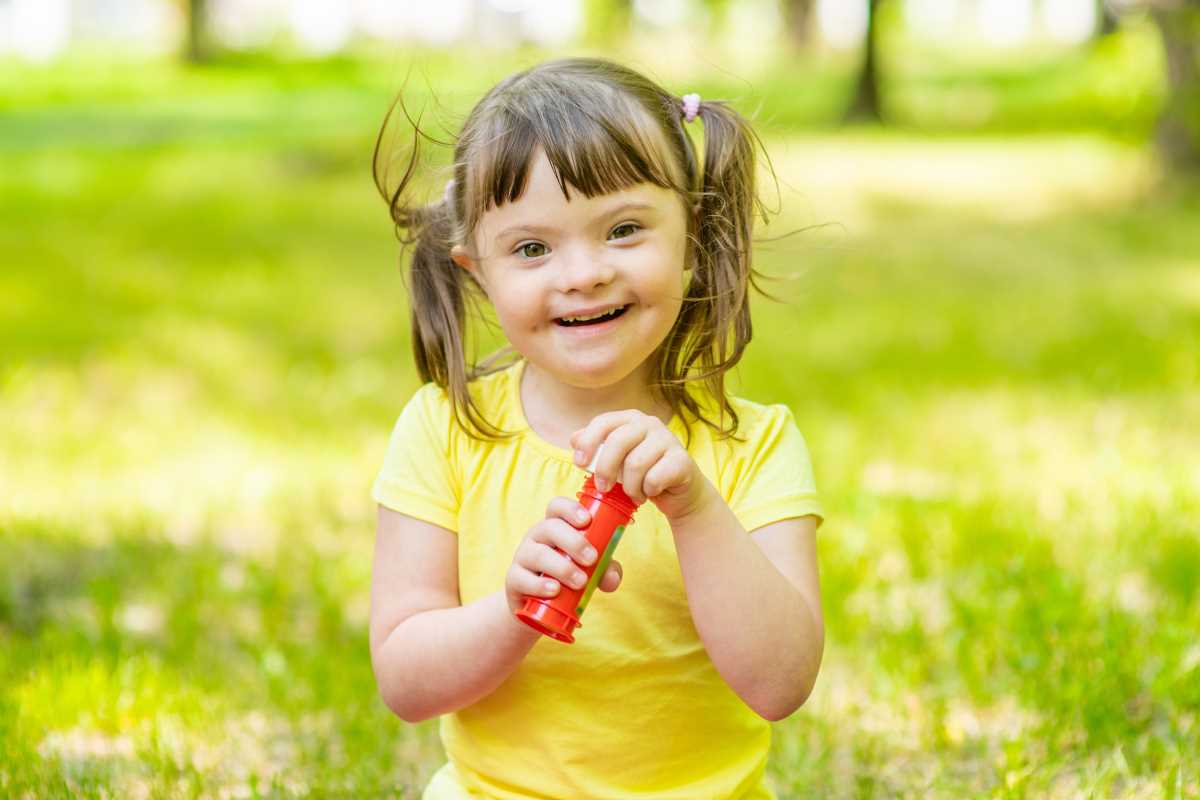Attention-Deficit/Hyperactivity Disorder, or ADHD, can make everyday routines challenging for kids and the adults in their lives. Whether it’s struggling to focus during a math lesson or remembering to bring homework back home, these hurdles can feel frustrating and overwhelming. However, with the right strategies in place, kids with ADHD can thrive both in school and at home. For parents and teachers, understanding how to adapt and support these kids is the key to unlocking their potential. This article offers practical strategies, ideas, and tips to help create structure, foster communication, and encourage success, no matter where they are.
Communication is the Foundation
One of the most important tools when working with kids who have ADHD is communication. Ensuring everyone is on the same page—from the child to the adults around them—is essential for consistency and support.
Open Conversations with the Child
Listening to the child’s experiences is crucial. Ask questions like, “What helps you focus?” or, “What’s been hard for you lately?” A child with ADHD may not always be able to fully articulate what’s bothering them, but showing them you’re listening can build trust and help you understand their needs better.
Avoid using negative language like “Why can’t you stay still?” or “You always forget things.” Instead, reframe your concerns in a way that keeps the child engaged. For example, you could say, “I noticed you felt distracted during homework. How can we make it easier for you to concentrate?”
Consistent Communication Between Adults
Both parents and teachers play pivotal roles in a child’s life, and ongoing communication between home and school is vital. Teachers can share insights into how the child behaves in a structured school environment, while parents can provide personal context about routines or behavioral patterns at home.
Consider weekly check-ins via email or a shared notebook that travels between school and home. This way, everyone stays informed about progress, challenges, and strategies that are working well.
Structure Is Your Best Friend
Kids with ADHD often struggle with time management, organization, and staying on task. Providing them with structured environments and routines can help reduce feelings of chaos and improve their focus.
Create Daily Routines
Predictability is key. Whether at school or at home, a clear schedule can help reduce anxiety and keep kids with ADHD on track. Break the day into smaller, manageable chunks and use visuals when necessary, like charts, timers, or color-coded schedules.
For instance:
- At home, mornings could include specific steps like “Brush teeth, eat breakfast, pack backpack."
- At school, teachers can establish consistent classroom routines like starting each class with a five-minute review of the previous lesson.
Provide Focus-Friendly Workspaces
A clutter-free, distraction-limited environment can work wonders for kids with ADHD. At home, this might be a quiet corner for homework with minimal noise or interruptions. At school, a teacher might allow the student to sit in a spot with fewer distractions, such as closer to the teacher or away from windows and doors.
Keep Instructions Simple
Many kids with ADHD have difficulty following multi-step directions. Teachers and parents should aim to keep instructions clear and concise. Instead of saying, “Go upstairs, clean your room, grab your football uniform, and don’t forget to pack your bag,” break it down. “First, go upstairs. Then, clean your room. After that, grab your uniform.”
Positive Reinforcement Goes a Long Way
ADHD can sometimes lead to an unintentional focus on what’s going wrong rather than what’s going right. By using positive reinforcement, adults can encourage better behavior, boost confidence, and help kids feel supported.
Acknowledge Effort Over Perfection
Kids with ADHD might struggle to achieve a perfect outcome, but recognizing their effort can be just as impactful as celebrating tangible success. If a student worked hard to turn in their math homework on time, even if they got a few questions wrong, praise them for those efforts. At home, a child who remembers to brush their teeth without being told could be acknowledged with a cheerful, “Great job getting that done on your own!”
Use Rewards Wisely
While rewards can be effective, they should focus on encouraging sustainable habits rather than momentary good behavior. For instance, instead of offering candy for every completed task, try non-material rewards like extra playtime, storytelling sessions, or simply earning praise.
Teachers can create systems like a sticker chart to reward small successes like raising their hand to answer a question rather than shouting out an answer. These positive interactions build self-esteem and make kids more eager to cooperate.
Collaboration Is Key
Supporting a child with ADHD is not a solo venture. Success often comes from strong partnerships between parents, teachers, support staff, and even the child themselves.
Partnering with Specialists
Sometimes, collaboration means working with counselors, therapists, or other specialists to better understand a child’s unique needs. For example, an occupational therapist might suggest tools for fidgety kids, like stress balls or wiggle seats, to help them stay focused in class.
Create an IEP or 504 Plan
If a child’s ADHD is significantly affecting their success at school, parents and teachers can work together to establish an Individualized Education Program (IEP) or a 504 Plan. These structured plans outline accommodations tailored to the child’s needs, such as extended time on tests, breaks during long lessons, or modified homework assignments.
Set Shared Goals
Work together with the child to set realistic goals both at home and at school. These goals should align with their abilities and include input from the child. While one goal might be “complete one homework assignment independently,” another could be as simple as putting books back in their cubby after class. Celebrate when these goals are achieved and adjust when necessary.
Dealing with Common Challenges
Even with the best strategies in place, there will be bumps along the way. Recognizing and adapting to these challenges can make all the difference.
Managing Hyperactivity
For kids who are always on the move, giving them outlets to release energy can be helpful. Teachers might allow quick “movement breaks,” like doing jumping jacks or walking across the room before returning to their seat. Similarly, parents could build breaks into homework time—for example, 20 minutes of focused work followed by five minutes of letting off steam.
Handling Impulsivity
Impulsive behavior can show up as blurting out answers in class or interrupting conversations at home. Gently reminding the child to pause before speaking can help. Consider setting physical cues, like a hand signal, to remind them when to wait their turn to talk.
Addressing Emotional Outbursts
Kids with ADHD are often more sensitive to frustration, which can lead to emotional outbursts. When this happens, focus on de-escalating the situation. Speak calmly, acknowledge their feelings, and give them space to cool down. For example, a teacher might say, “I can see you’re upset about the group project. It’s okay to take a moment to calm down before we talk about it."
 (Image via
(Image via





